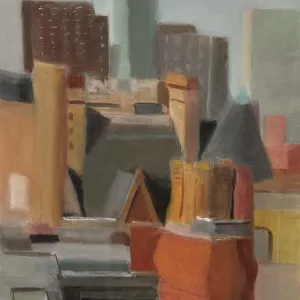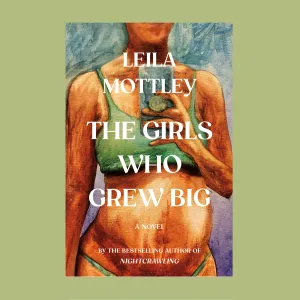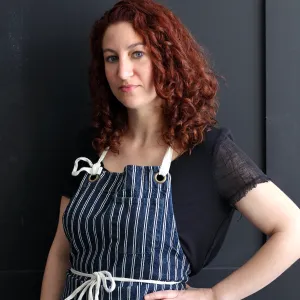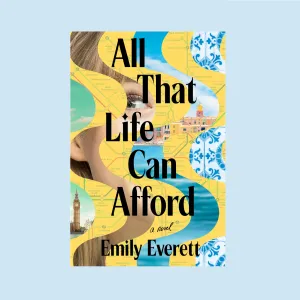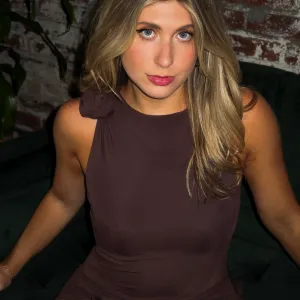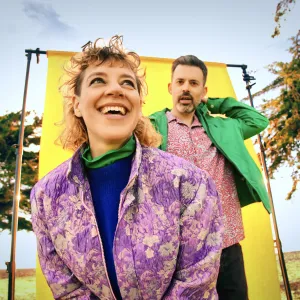Journalist Itoro Bassey ’09 launched Africanish, her Substack newsletter, during a time of transition. “I was moving away from the urgency of the newsroom and into something slower, more embodied,” says Bassey, who’s worked as a producer for the BBC. “I wanted a space to explore what it means to live as a diasporic African woman who carries not only personal history but inherited memory, and who also desires clarity, rest, and deeper connection.” Through Africanish, she explores themes of identity, culture, and the “in-between places that define so many of us.” The response has been moving, she says: “I’ve received messages from other African writers, mothers, and daughters who say the writing helps them feel seen and affirmed.”
Read the “Africanish” Substack


